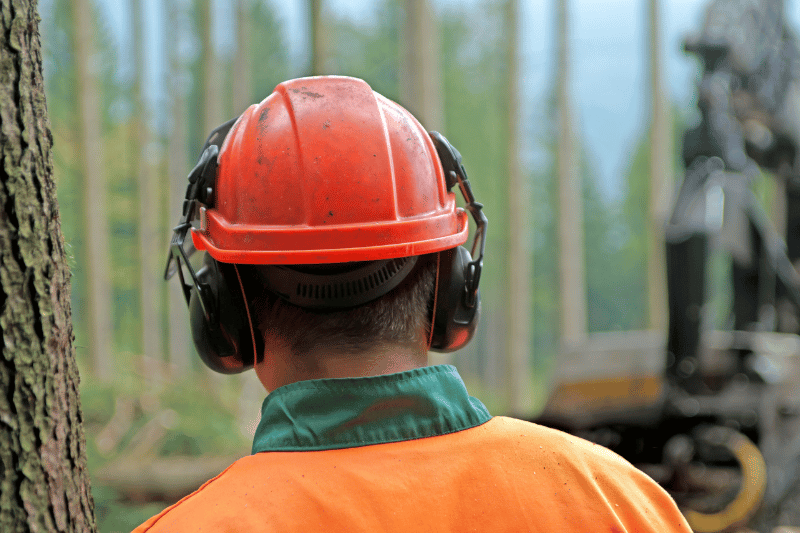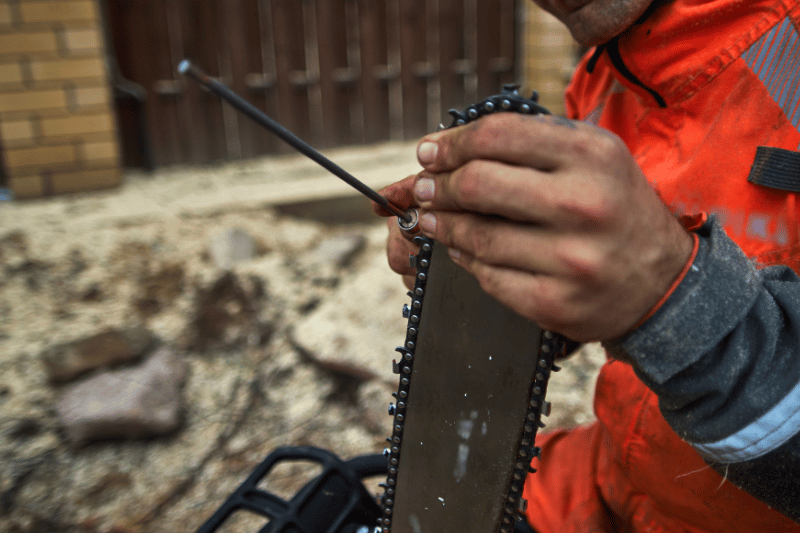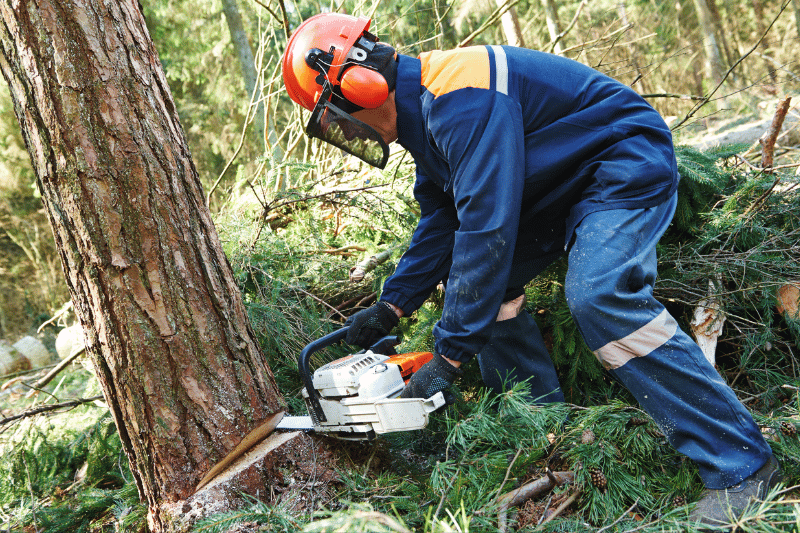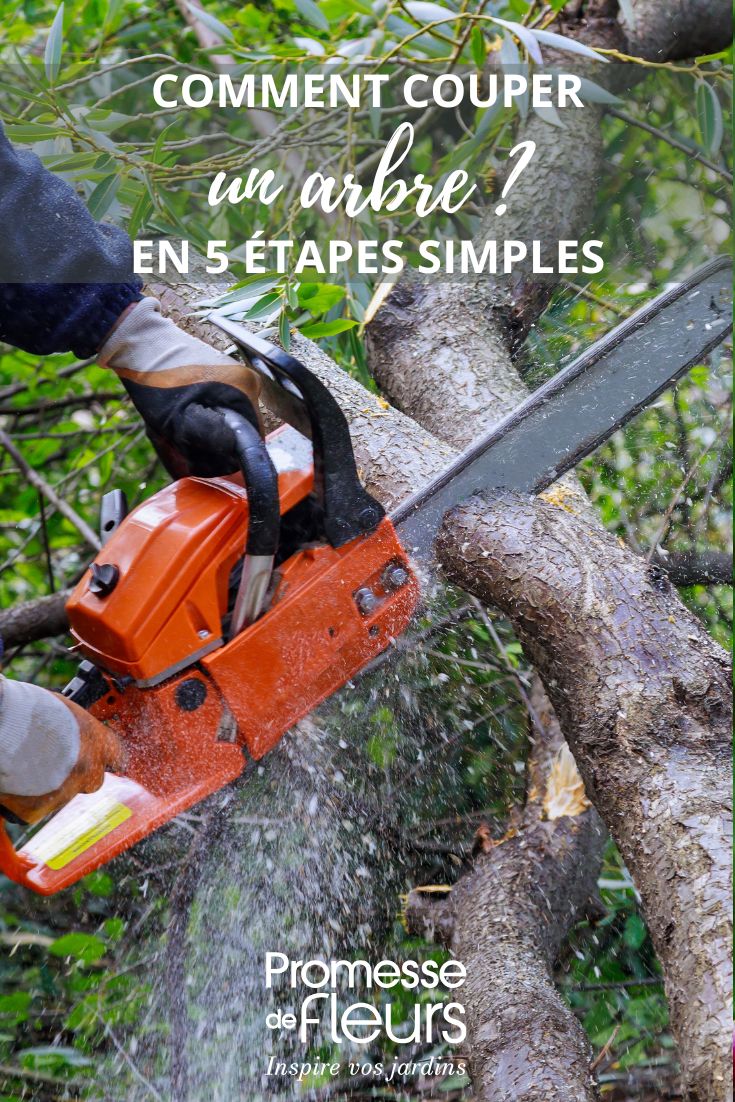Cutting down a tree may seem complex for a beginner gardener, but with the right techniques and precautions, it can be done safely. This detailed guide explains, step by step, how to fell a tree without risk, using the appropriate tools and adhering to essential safety rules. Follow our advice for efficient, but above all, safe tree felling.
Before you begin: safety first
Before felling a tree, ensure that:
- You are wearing protective gear: gloves, goggles, helmet (with ear protection), safety boots, and cut-resistant trousers.
- The tree is not near power lines or a building.
- You have the right tools (chainsaw or suitable saw).
- You have planned an escape route in case of an uncontrolled fall.

Step 1: Assess the tree and its surroundings
Before cutting, observe the tree:
- What is its natural lean? It will likely fall in this direction.
- Are there any dead or damaged branches that might fall first?
- Are there any obstacles nearby (fences, buildings, other trees)?
Tip: plan a clearance zone of at least twice the height of the tree.
Step 2: Choose the right equipment
The choice of tool depends on the size of the tree:
- Small trees (less than 10 cm in diameter): hand saw or pruner.
- Medium trees (10 to 30 cm in diameter): pruning saw or electric chainsaw.
- Large trees (more than 30 cm in diameter): petrol chainsaw and possibly a professional.
Good to know: for proper work, you need suitable tools in perfect working condition. A chainsaw blade should be sharpened regularly for a clean and precise cut, ensuring safety.

Step 3: Determine the direction of the fall
The tree should fall into a clear space. To guide it:
- Make a V-shaped notch (with an angle of about 45° to guide the fall correctly) on the side where you want it to fall.
- The notch should be about a quarter of the trunk's diameter deep.
Step 4: Make the felling cut
Behind the notch, make the main cut:
- Stand to the side of the tree, never directly behind it.
- Saw opposite the notch, leaving a small uncut portion (hinge) to guide the fall.
- When the tree starts to fall, immediately step back in a perpendicular direction.

Never stand in the path of the fall!!!
Escape plan: the escape plan should include a clear retreat area, positioned at about 45° on either side of the intended fall direction to avoid any risk of accident. As soon as the tree begins to topple, move away quickly along this path, never turning your back on the tree to stay alert.
Step 5: Clean up and cut the tree
Once the tree is on the ground:
- Prune the branches with a saw or chainsaw, starting with the smallest ones.
- Cut the trunk into pieces suitable for your use (firewood, compost, etc.).
- Recycle green waste: chippings for mulch, wood for small DIY projects or heating.
Mistakes to avoid
- Cutting a tree without checking its natural lean.
- Not planning a clearance zone.
- Standing behind the tree during the final cut.
- Overestimating your skills. If in doubt or for a large tree: call a professional!
































Comments